INSTRUCTOR: Selim Shaker, PhD
DISCIPLINE: Geoscience, Engineering
COURSE LENGTH (DAYS): 3 Days
CEUS: 2.4
AVAILABILITY: In-House & Live Online
WHO SHOULD ATTEND: Prospect generator geoscientists, geologists, geophysicists, drilling and reservoir engineers, well log analysts, managers, and support staff involved in exploration, development and drilling. This course is exceptionally helpful for explorationists that are keen on appraising prospects in house and farm in/out.
COURSE DESCRIPTION: The optimum trap is a reservoir capable of confining and economically delivering hydrocarbon under a competent sealed cap and /or un-breached faulted structural closure. Sealing integrity is essential for trapping, migration, lateral and vertical distribution of hydrocarbons in a prospective reservoir. The sealing capacity also impacts reservoir flow rate and the driving mechanism of the initial natural flow, and the secondary recovery process. Subsurface geopressure compartmentalization plays a critical role in determining seals, reservoirs and consequently the reserve’s volume and flow duration.
This course will demonstrate to participants how to use measured pressure data from wire-line tests (MDTs, RFTs etc.) and production tests (DST’s) to design pressure-depth plots which reveal permeability barriers (sealed), communications, and breached reservoir (seal failure).
It will also examine how seismic velocities and well logs’ petrophysical properties establish seal integrity via subsurface pressure drift. Moreover, participants will gain the fundamental knowledge of predicting pore-fracture pressure and estimate the drilling tolerance window (DTW) that leads to successful drilling prognosis of the trajectory bore-hole to the targeted reservoirs formation.
LEARNING OUTCOMES:
- Understand the causes, concepts and graphic representations of vertical and horizontal compartmentalization due to reservoirs partitioned by seals.
- Comprehend pressure gradient in seals versus reservoirs and the causes of disparity between measured and predicted values.
- Recognize sealed vs. breached reservoirs.
- Calculate hydrocarbon columns in four ways vs. three way faulted closures.
- Evaluate and assess the trapping risk of a prospect before and post drilling.
COURSE CONTENT:
- Subsurface Compartmentalization:
- The integrated process of prospect generation
- The four geopressure zones and their models
- Vertical and lateral subsurface compartments
- Pressure gradient in seals vs. reservoirs calculations
- Causes of pressure transgression and regression across seals
- Reservoirs:
- Direct and pertinent measurements of pore pressure
- QC, calibrate and validate measured data for analysis
- Graphic representations (PSI and PPG MWE), including some of their pitfalls
- Calculation of hydrocarbon fluids and gas densities (types) and the water-oil-gas contacts
- Predicting production driving mechanisms type (water or depletion drive)
- Estimating hydraulic head for production forecast (initial natural and secondary)
- Monitoring reservoir pressure (BHP) for production forecast and recharge
- Cap Seals (four ways):
- Lithology, age and pressure decay
- Seismic velocity – Well logs and calibration of prediction model
- Sealing capacity vs. hydrocarbon retention capacity calculations
- Fault Seals (faulted three ways):
- Fault types: their rock mechanics and pressure yield
- Crossing fault, beds-juxtaposition, fault geometry and hydrocarbon spills
- Shale smear potential seal: calculations and uncertainty
- Counter – regional dip and fault seal
- Pulse sealed fault leakage
- Salt Basins in Deppwater:
- Salt’s stresses and PPP models (above/within/below the salt)
- Trapping integrity of sediment’s closures in salt environments
- Dirty vs. Clean drilling challenges
- Salt displacement to emplacement and the impact on supra-sub salt prospects
- Rocking Salt Basins and their impact on prospect’s risk
- Prospect Evaluation
- Pre-Drilling
- Strat-Geopressure Fairways
- Predict sealing capacity from seismic and offset wells
- Velocity crossover vs. seismic attributes
- While Drilling
- Pre-drilling PP- FP Model calibration
- Adjust the drilling tolerance window (DTW) for prospective hydrocarbon column
- Adjust MW for under and over balance to avoid BH and Formation Damages
- Check for the optimum casing shoes depth positioning
- Post-Drilling
- Appraise of success and/or failure
- Define hydrocarbon, type, thickness, lateral extension and down-dip limits
- Calculate excess pressure, communication and reservoir initial pressure
- Identify bypass pay zone
- QC and assess the predicted pre-drill DHI, AVO indicators
- Identify additional sealed structural closures in the same prospect for future E&P
- Pre-Drilling
Analog and digital data (in excel format) will be utilized to assess and evaluate a prospect risk. Before drilling risk evaluation and post drilling appraisal methods will be clarified, as well as how to salvage a prospect that was tested by a dry hole wildcat.
Participants in this course should have minor knowledge of subsurface formation pressures.
